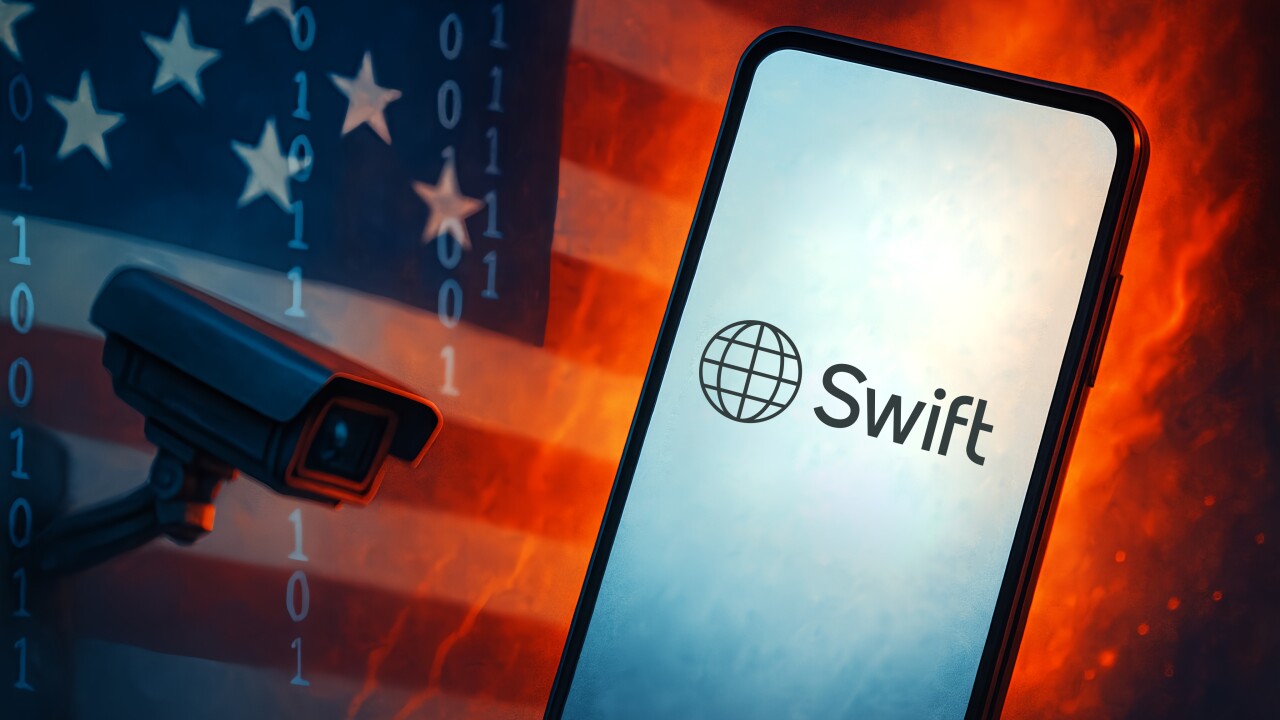Recent growth in partnerships involving mobile-banking technology companies, payment card networks and financial institutions signals that each wants to advance mobile payments into mainstream use, observers say.
And consumers are becoming more comfortable with mobile payments and with mobile banking, especially those ages 18 to 25, recent survey data suggest.
Overall, mobile-payments adoption this year has increased to 8% of 1,100 U.S. consumers surveyed compared with 5% in 2008, according to survey results released last week by consulting firm Mercatus LLC. Such payments might involve mobile person to person funds transfers.
The results of a separate survey by Javelin Strategy and Research suggest the number of consumers "likely" or "extremely likely" to use mobile P2P payments and transfers has grown to 26 million, a rise of 24% from 2008 figures.
But what these statistics mean for the future of plastic cards is unclear.
Though some industry insiders believe mobile payments eventually will replace plastic, Prakash Hariramani, senior business leader for Visa Inc.'s mobile initiative, believes the two will complement each other. "At some point over the long-term, you can argue that mobile payments will become more ubiquitous," Hariramani tells ATM&Debit News.
Meantime, both Visa and MasterCard Worldwide are preparing for where they believe mobile payments likely is heading in the near term.
Last year, MasterCard announced an alliance with Obopay Inc. to develop a mobile P2P funds-transfer service. The Mobile MasterCard MoneySend service went live in May, initially supported by a prepaid card issued by Bancorp Bank.
"This is something that is really going to take off," Art Kranzley, MasterCard chief emerging technology officer, told ATM&Debit News sister publication American Banker in June.
In June, Visa announced the formation of a strategic alliance with Monitise PLC. Visa will invest $13 million, giving it a 14.4% stake in the London-based mobile-banking technology company. The five-year deal is intended to help keep Visa informed of mobile-payment developments.
Visa also is involved in a pilot with U.S. Bancorp that enables registered U.S. Visa cardholders to send funds to one another through mobile transfers.
Visa already appears to be a step ahead of the other card networks with Near Field Communication initiatives, which enable mobile phones to conduct two-way contactless communications with other NFC chips, something contactless cards cannot do. In April, Visa helped launch a commercial service by Malaysia's largest mobile operator Maxis Communications Bhd that enables consumers to buy phones off the shelf and download Visa's payWave contactless application to them.
Consumers will be able to tap an NFC phone at any of 1,800 merchant locations that accept payWave cards, mainly in the capital city of Kuala Lumpur.
Despite that rollout and other multiple trials and small commercial launches in countries such as Australia, France and Japan, a viable NFC business model remains lacking. Handset manufacturers, mobile operators, financial institutions, the card networks and merchants still are trying to determine how each will make money from NFC mobile payments.
"A lot of the technology is the easy part," David Schwartz, Obopay senior director of product management and marketing, tells ATM&Debit News. "It's about getting a lot of the market dynamics right to make it happen."
That happened in Malaysia, where the wireless operators and financial institutions worked out a business model, Hariramani says
It could be some time before a viable NFC business model exists in the U.S., Hariramani says. Until then, mobile P2P payments and mobile person-to-merchant payments represent the region's mobile-payment landscape, and many companies are trying different approaches.
Though Redwood, Calif.-based Obopay specializes in mobile P2P funds transfers, Chicago-based mPayy Inc., for example, combines e-commerce, mobile technology and automated clearinghouse services.
A user links a bank or stored-value account to a mobile number, which acts as a "unique identifier," Conrad Sheehan, mPayy founder and CEO, tell ATM&Debit News. Merchants can integrate mPayy at online checkout, and consumers need only use their mobile number and password to pay. MPayy also enables P2P mobile funds transfers.
Start-up transaction processor Bling Nation is piloting contactless-payment stickers affixed to mobile phones as a way to bridge the gap to NFC. Visa and MasterCard also are experimenting with contactless tags.
Present and future mobile-payment developments eventually will have an affect on consumers, Obopay's Schwartz believes. "Kids who are growing up today with mobile payments may never see a need to do anything else," he says.
The growing popularity of smartphones such as Apple Inc.'s iPhone and Research in Motion's BlackBerry, combined with the increased use of SMS text-messages, have contributed to the rise of mobile payments and mobile banking, says Bob Hedges, Mercatus managing partner.
The 18-to-25 age group is leading the charge, though Visa, Obopay and mPayy have seen considerable use of their mobile products in other age brackets.
The 18-to-25 age group historically has led the adoption of banking and payments innovations, including the use of ATMs and debit cards, Hedges says. Adoption by those in other age groups took longer.
"When we look at what's going on with mobile, we forecast the same things because that's how innovation in financial services really occurs," Hedges says.
Obopay's own research reveals teenagers as young as 13 are aware of and use mobile payments, Schwartz says.
Schwartz believes such adoption eventually will lead to the end of plastic. "My son is [almost 3 years old] and he may never use a piece of plastic in his life, and he won't even know the difference," he says.





